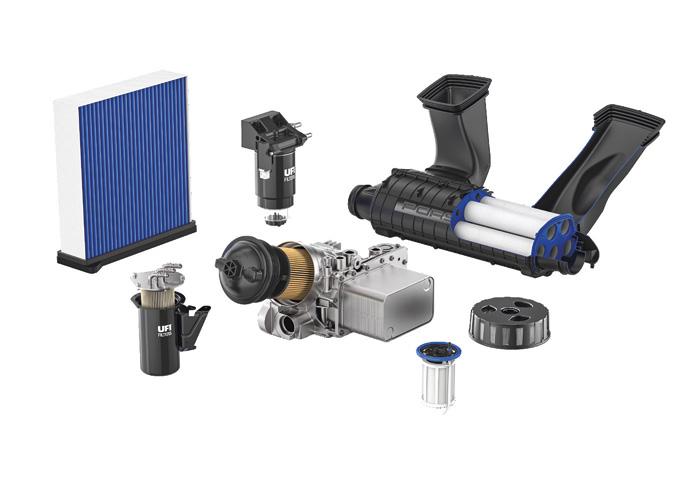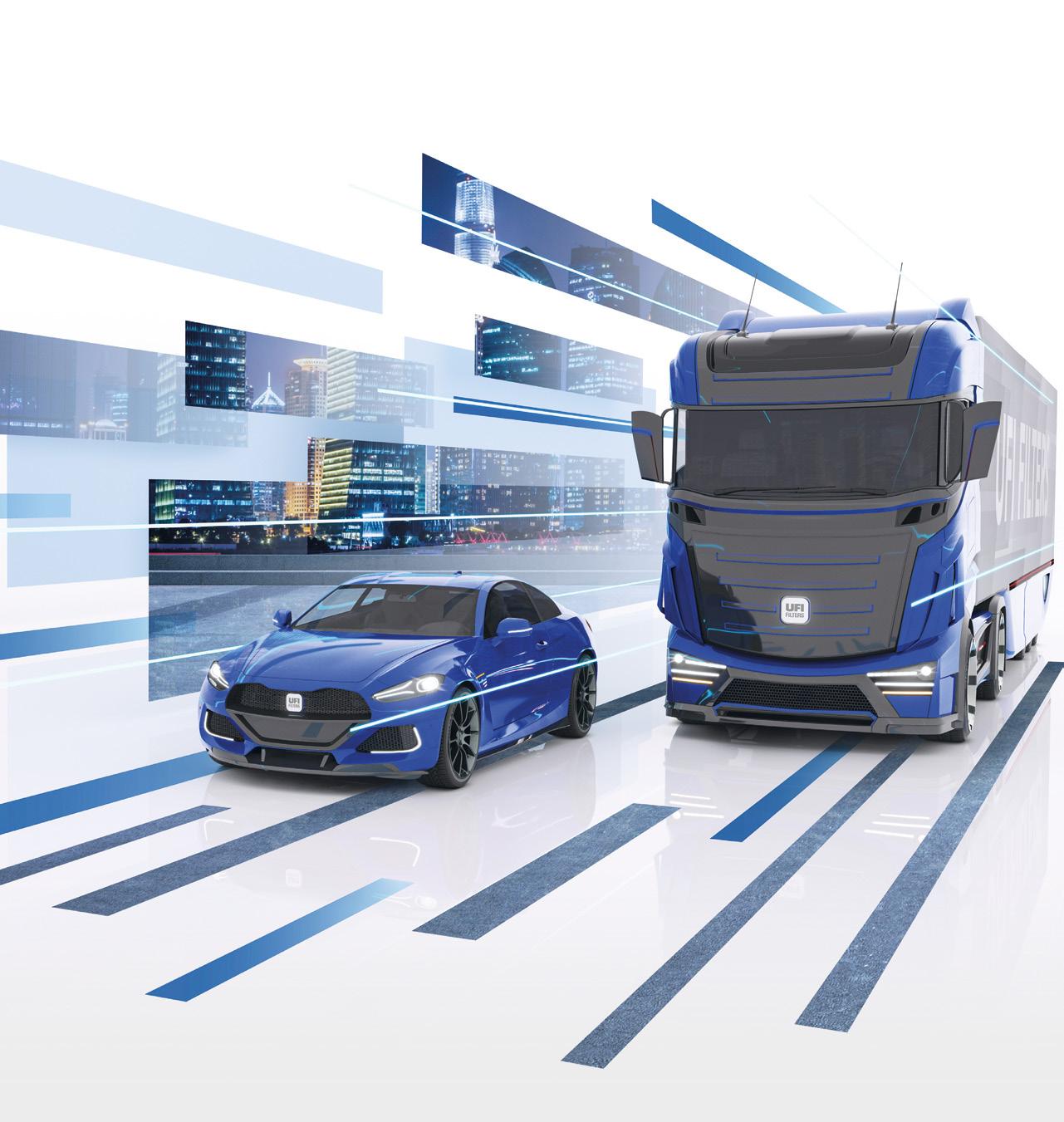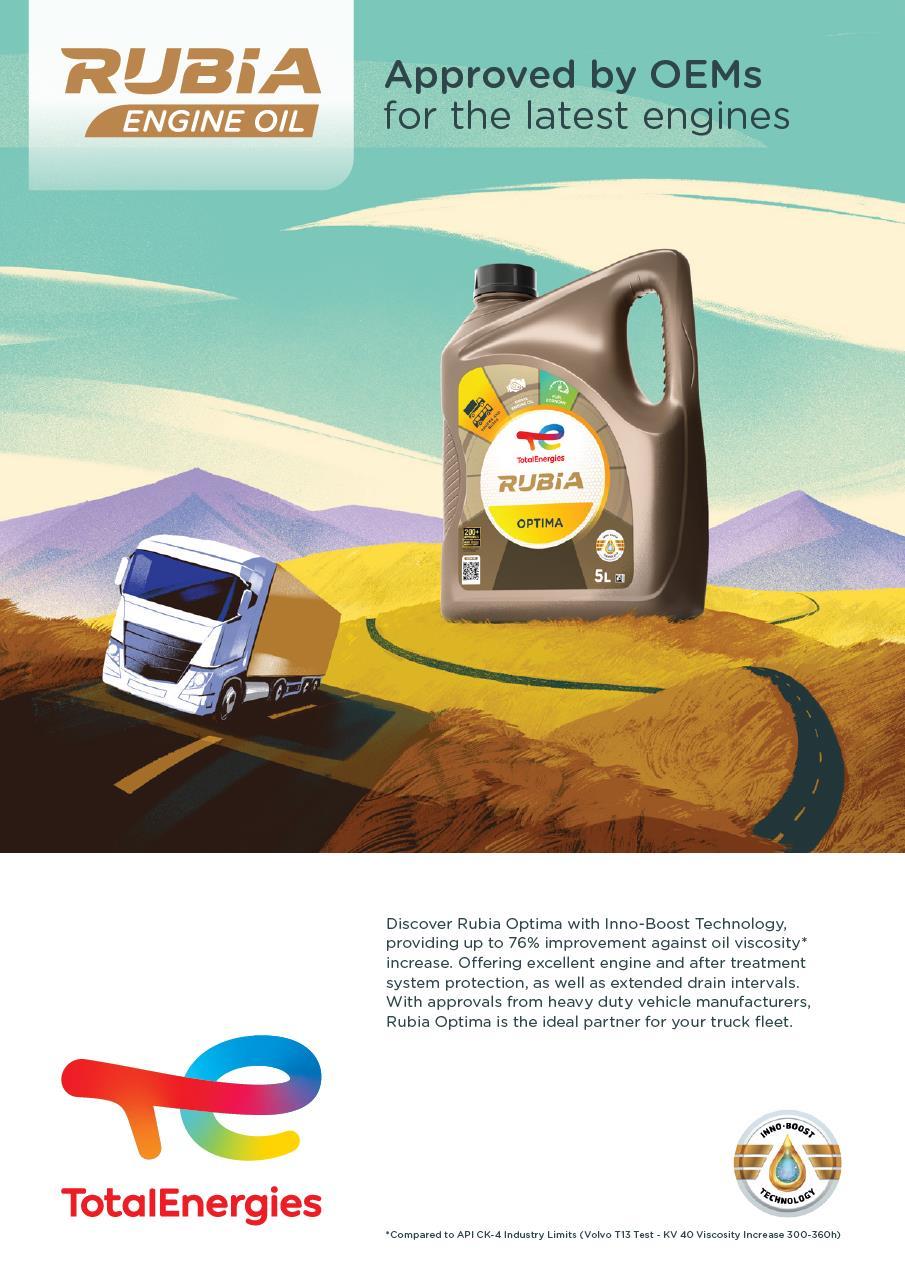
3 minute read
HOW DIGITALIZATION INFLUENCES THE FUTURE SERVICE EXPERIENCE
The lives and work of the mechanics, the distributors and the wholesalers are all becoming digitalized. It’s not only software use, which is growing. We are all seeing a continuous increase in intelligence provided by different tools and systems that help us be more productive and efficient in our jobs.
The vehicle itself
Advertisement
Regarding the transformation of mobility, you can start from the digitization of the vehicle itself. The maintenance of those vehicles will require the ability to leverage software and over-the-air services, as well as cloud capabilities. The mobility decisions will all be digitalized – from the lone driver to the connected driverless vehicle that makes databased decisions.
According to a market research report by P&S Intelligence, the global automotive OTA updates market was valued at $2,422.6 million in 2020. This is expected to grow at a CAGR of 19.5% during the forecast period 2021–2030 due to the increasing number of connected cars and electric vehicles (EVs).
Changes driven by ‘Over-the-Air’
Automotive Over-The-Air (OTA) is changing the industry. Applications such as software updates, live diagnostics, and data collection not only promise an enormous savings potential, but also enable many new opportunities to increase customer loyalty. They allow for the offer of remote support through support centers and the ability to advise customers in real time, whether it makes sense to continue the journey to the next workshop or not. In the workshop, diagnostic applications running on a central backend system can improve today’s diagnostic tester’s performance.
Added value across the industry
It is necessary to bring coherence, simplicity, and partnerships to the workshops. The era of digitalization is also the era of exchanging data - not only in respect of privacy and GDPR, but in a way that can start adding value. The industry needs artificial intelligence (AI) solutions that can really tackle inefficiencies and can start automating decisions. Only automation will bring real effectiveness and lead to user satisfaction.
This evolution in technologies will allow us to derive insights from very large sets of diverse data which has opened-up a completely new horizon of opportunities, and the ability to reach even higher levels of benefits for transporters and fleets. It is about the access and the processing of the data, but also the ability to generate reliable predictions in real time and use these predictions to automate operational decisions of the fleet or the driver.
Let’s take fuel as an example. For a long time, we have been providing report and post-the-fact analysis allowing us to reduce total fuel consumption. We can go much further now by integrating vehicle data, driver’s data, transport information - like destination and actual fuel price evolution - to recommend in real time to the driver, where and when and how much diesel he needs to refuel. All of that to minimize the fuel bill at the end of the month. This example applies to fuel, but it can be extended to other operational decisions including: when to take a rest, when to change route, or how to best choose a parking space.




Predictive maintenance and connected tire management are two other sources of operating cost optimization that are linked to the vehicle. Next to that, further efficiency gains can be enabled when considering the entire fleet of commercial vehicles: better dispatching of vehicles, optimized utilization of cargo space and automation of processes of the fleets are core to the solutions that fleets, and transporters are looking for.
When we look at agricultural businesses, we can see clearly how big the impact can be: Preventive maintenance is extremely valuable to the business, as it ensures continuous uptime. This means that the worst-case scenario can be ruled out - that would be when the agricultural machinery breaks down in the very relevant time window - when the fields must be harvested for the optimum yield, resulting in an enormous financial loss. A connectivity solution that prevents this is very favorable in terms of cost - it not only prevents high repair costs and long workshop visits, but also ensures that there are no losses resulting from the downtime of a vehicle.


Setting Higher Standards For More Than 50 Years
We’ve been defining new routes in filtration technology and thermal management since 1971 Meeting new needs, facing higher standards. That’s how we’ve become one of the most respected Italian companies in filtration technology: with over fifty years of research, passion and innovation













